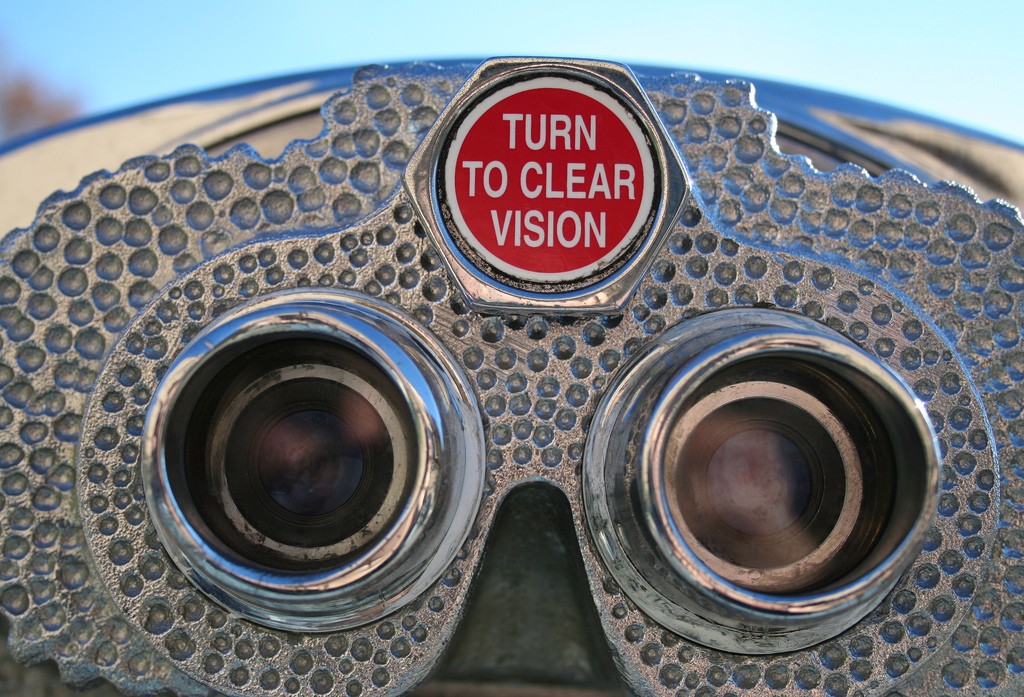Leaders Building Self-awareness to Individual and Organizational Results
This blog is a companion to the four-part interview series, âLeaders Building Self-awareness by...
Read Moreby VoiceAmerica | Jul 12, 2016 | Business | 0 |
This blog is a companion to the four-part interview series, âLeaders Building Self-awareness by...
Read Moreby VoiceAmerica | Jun 13, 2016 | Business | 0 |
This post is written as a companion to the Voice America Interview featuring Carla Morelli and...
Read More


